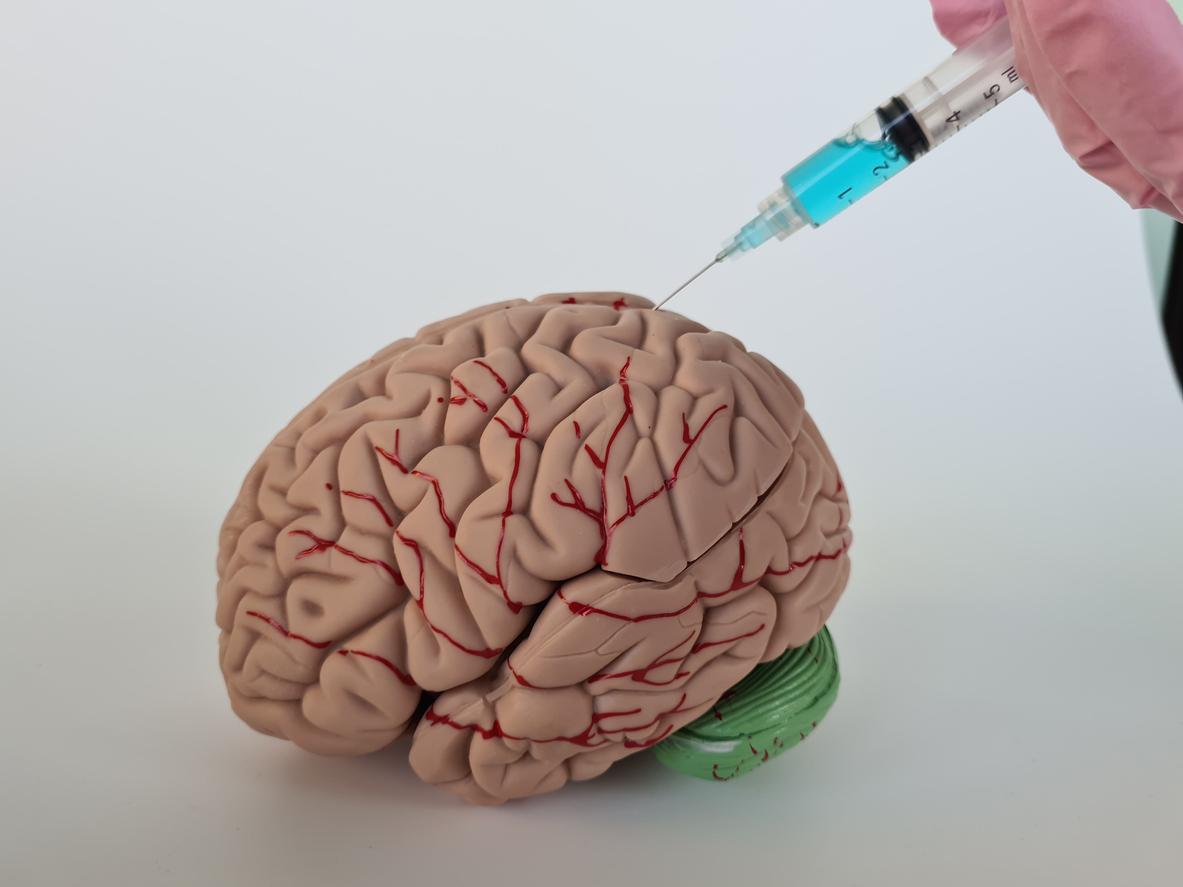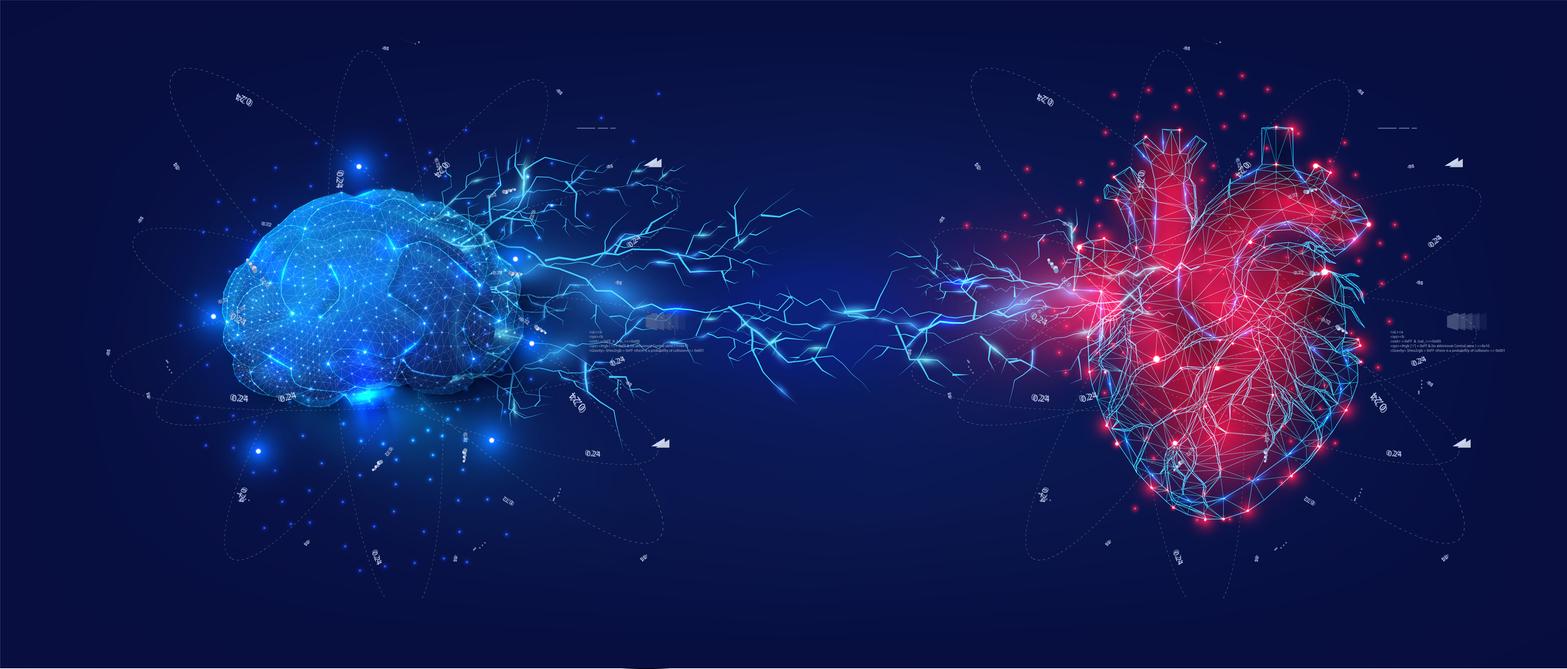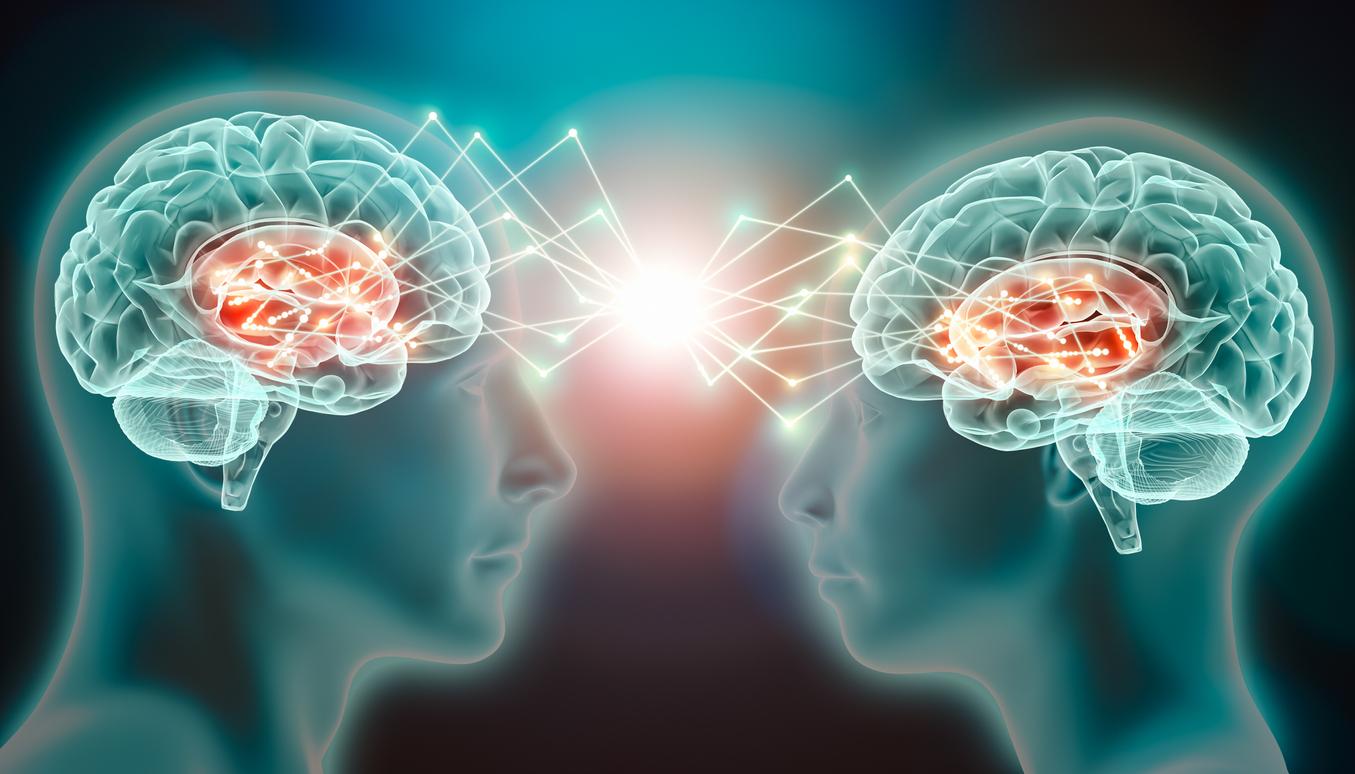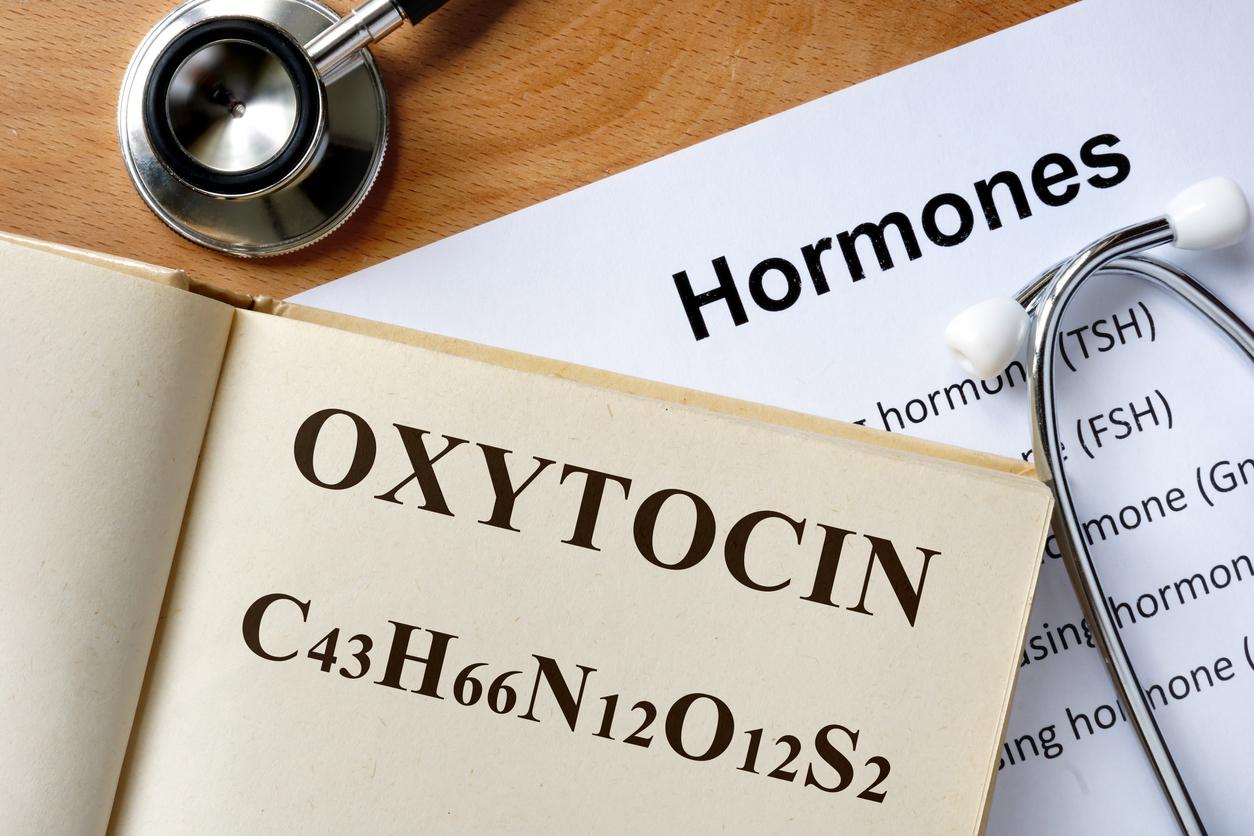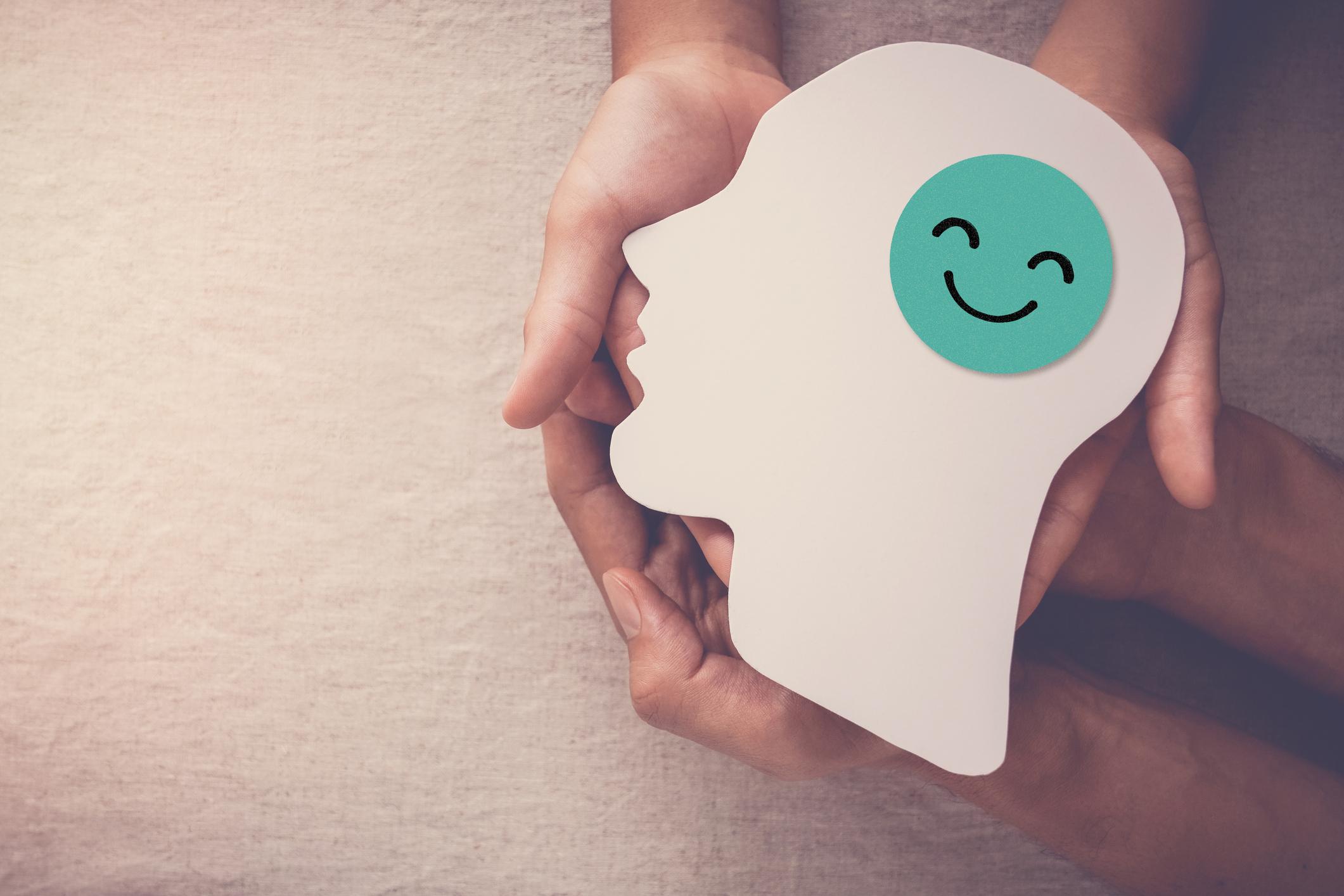Oxytocin is an important hormone in the mechanism of the attachment of the mother to her child but also, probably, the explanation of couples that last. Oxytocin and dopamine, chemical messengers of the desire for sex, money and power, are the two stars of our brain which contains other chemical messengers of feeling.

Take a virgin sheep. Put her in a herd. She only cares about herself. You inject her with a syringe of oxytocin, so she keeps rounding up the lambs to protect them. This miracle is due to a hormone, oxytocin, which brain specialists also call the attachment hormone. It is especially secreted at the time of childbirth, in particular by the fetus, which, by this mechanism, warns that it wishes to leave. It is indeed the child who triggers the delivery, and not some sort of calendar effect or standard duration. Secretion continues throughout lactation. We could deduce that the woman is “chemically” attached to her baby, unlike the father who does not have the same secretory capacities, thus explaining the differences between the “biological” motivation of the two parents.
The excuse is however imperfect because the man has his own production of oxytocin, certainly less important than the woman, but sufficient to understand the phenomenon of the exceptional duration of certain couples. Do not look for the secret of the oak wedding (80 years of marriage) elsewhere than in the regular production of this hormone, which is not the result of any sexual stimulation, but of the tenderness of the caresses.
Oxytocin and dopamine, chemical messengers of the desire for sex, money and power, are the two stars of our brain. But these surprising hormones are not the only ones… For example, endorphins, substances very similar to morphine, which reduce the pain of athletes when activity exceeds 60 minutes; they are the ones that provide the brain with effects close to those of cannabis…
Man is a veritable clandestine laboratory activated by the reward circuit. The pleasant or unpleasant effects of love are almost all controlled by hormones produced by a gland, the hypothalamus, which is nicknamed the “cave of pleasures”. The knowledge of our internal chemistry is progressing by leaps and bounds, thanks to MRIs which make it possible to follow, live, the areas of the brain which are activated. The game of seduction, desire, jealousy, kissing, love at first sight, even orgasm have their precise biochemical explanation, resulting from the secretion of our 100 billion neurons. Neurotransmitters that bring messages to the receptors, real keys to pleasure, distributed over the entire surface of our brain.
It now remains, at the risk of playing the sorcerer’s apprentice, to help nature a little, by correcting the unsatisfactory dosages of the three stages that chemistry describes to us: successful encounter, passion and lasting attachment. Years of research to be expected, full of figures, dosages and verifications in animals which put a serious kick in the anthill of psychiatric hypotheses that are sometimes hazy and often unverified.
Doctor Jean-Francois Lemoine
Subscribe to the chronicles of Dr Lemoine
@DrLemoine
.








